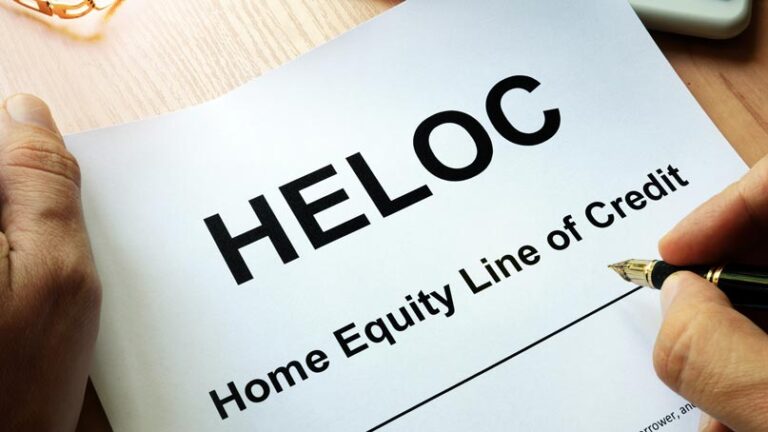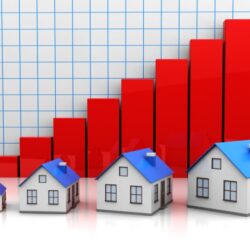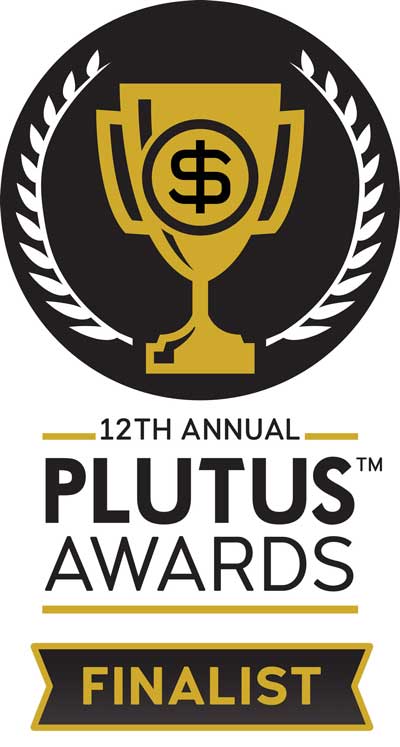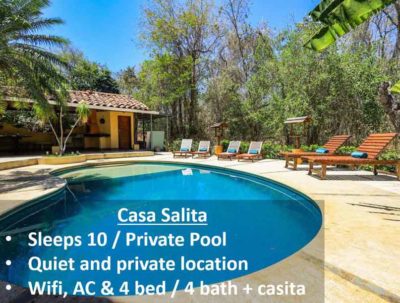Analysis of Google search data, courtesy of luxury real estate platform RubyHome, shows that searches for ‘HELOC’ – the acronym for “home equity line of credit” — more than tripled in the United States as of July 2023. This is the highest level of search interest in internet history for the topic. The report suggests that the increased interest is due to people looking for relief from rising costs and a buffer in case of recession.
Here are three possible downsides to having a HELOC and corresponding ways to ensure you are using a HELOC the right way.
Downside 1: Tapping a HELOC for day-to-day spending can become a trap

If you are house-rich and cash-poor, tapping into your home equity with a HELOC can feel like an income bump. With the recent uptick in inflation, you may even feel justified in needing the help. However, a HELOC is debt that needs to be paid back. Since you have to pay back your HELOC as soon as you draw on it, you add that monthly payment on top of all your other costs.
So while a HELOC feels like increased spending power, it isn’t income, which can be earned again and again. Once you draw down the maximum on your HELOC, you can’t get any more. You can try to apply for a line increase, but this may incur application fees, resubmitting documentation and/ or a credit check. Plus, you would just be increasing that monthly amount you need to pay back.
If you think of your HELOC as cash to spend, it can become a trap that encourages you to live beyond your income and puts you in higher and higher amounts of debt.
The fix? If you focus on income-producing assets, a HELOC can be a powerful jumpstart
You can turn your HELOC into income if you use it to buy income-producing assets. We used a HELOC to start and grow our real estate portfolio. Our very first property was a home we used on the weekends. After a few years of price appreciation, we had enough equity to get a HELOC on that property.
We used that HELOC to buy our first rental. Once we paid it off, we tapped it again for our next rental and then the next. When we sold that weekend house and therefore lost the HELOC there, we applied for a HELOC against another property to continue turning one rental property into many.
Downside 2: Enough equity in the collateral property is not the only criteria for qualifying for a HELOC
We opened another HELOC as soon as the first one closed, not just because we wanted to grow our portfolio, but because we wanted access to a line of credit just in case. Yes, a HELOC is approved based partly on having enough equity in the property against which you draw the HELOC, but more importantly, HELOC approval depends on your ability to pay the lender back – i.e., your income.
We are both consultants now, but years ago when we opened the weekend home HELOC and the subsequent rental property HELOCs, Scott had a traditional W2 job with a long history at one company, and we wanted to take advantage of that attractive borrowing profile while we could.
The fix? Apply for a HELOC before you really need it
If we waited on getting a HELOC and Scott had left his job, we may have still gotten approved but it would have been harder. If you think a HELOC could be a buffer in case you lose your job in a recession, apply now while you still have a job. The irony is that, when you really need a HELOC, you probably won’t qualify for one — credit is most readily extended to those who don’t need it!
Sure, there are costs to getting a HELOC (e.g., application fee, credit check), and there are also costs to keeping it open (potentially an annual fee or a minimum draw to get started), but you only pay interest on what you borrow against your HELOC, not the maximum. If you have to draw a minimum to get it open, you usually can pay it back quickly without penalty (though check your financing contract of course!). The application costs, initial draw and annual fee can be considered an income insurance premium in case of job loss and a longer-than-expected job search.
Downside 3: A HELOC has a variable rate

Typically the interest on a HELOC is tied to some benchmark – e.g., the prime rate or the Fed Funds rate. With interest rates currently rising, the benchmarks are rising, and therefore HELOC rates are rising. Current rates are over 8% — better than credit card financing for sure, but not cheap. If you plan on using your HELOC for investments, whether rental real estate or paper assets, you’ll have a high hurdle rate to clear.
The fix? Get real about your discipline and money habits
If you know you’re not going to use your HELOC to live beyond your income, then having access to it is a good thing because the interest rate doesn’t matter till you tap into it. If you know you’re realistic when you run numbers on potential investments, then the variability of HELOC rates may not matter because you are conservative in your calculations and hopefully keep a healthy margin to account for unforeseen risks.
However, if you have spending issues or are cavalier with your investment decisions, a HELOC can get expensive real quick.
We currently don’t have any HELOCs
We had a HELOC on a rental property that we sold, so that one went away. We opted for a traditional mortgage instead of maintaining a HELOC on another property, in order to lock in a low fixed rate.
Current rental properties that have enough equity to have qualified for HELOCs from before no longer qualify, as banks have tightened lending standards and don’t seem to offer favorable HELOC terms on investment properties.
If you know of a bank that still does, post it in the comments!


 We are Scott and Caroline, 50-somethings who spent the first 20+ years of our adult lives in New York City, working traditional careers and raising 2 kids. We left full-time work in our mid-40’s for location-independent, part-time consulting projects and real estate investing, in order to create a more flexible and travel-centric lifestyle.
We are Scott and Caroline, 50-somethings who spent the first 20+ years of our adult lives in New York City, working traditional careers and raising 2 kids. We left full-time work in our mid-40’s for location-independent, part-time consulting projects and real estate investing, in order to create a more flexible and travel-centric lifestyle.  Financial independence and early retirement is not something we originally focused on, but over time realized it was possible. Our free report,
Financial independence and early retirement is not something we originally focused on, but over time realized it was possible. Our free report, 






